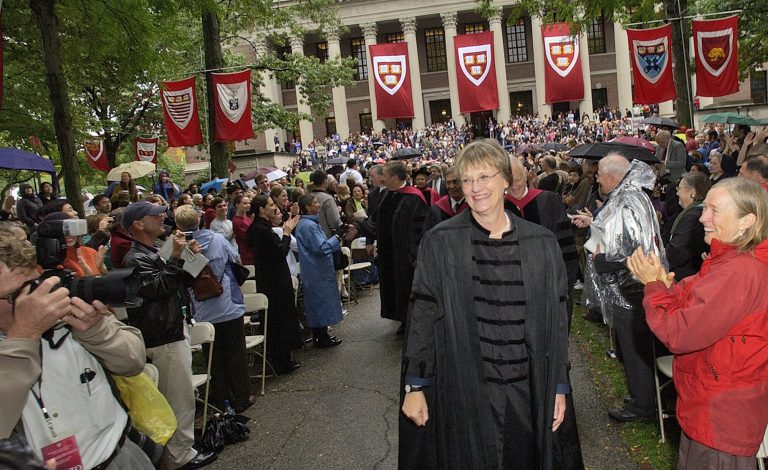
Gender disparity is a longstanding and contentious topic in academia. Globally, more women than men are enrolling in and completing university-level education, yet the highest ranks of academic institutions and teaching positions are still overwhelmingly male. One UK university, however, is working to change that inequality.
University Campus Suffolk has announced it plans to make the achievement of gender parity in high-ranking positions one of its primary goals for the next five years, and has set a target of having at least 50 percent women represented on its board of directors, executive team and professors and senior lecturers by 2020.
The university already has fairly good numbers when it comes to promoting women to more senior positions, with women representing 55 percent of managers and 53 percent of senior lecturers. Still, officials said, they still have a ways to go in terms of increasing women’s representation among professors and on its board.
During the presentation of the university’s five-year strategic plan, UCS provost and chief executive Richard Lister told Times Higher Education that he felt the university was in the perfect position to be a leader on the issue of gender parity in higher education.
“We don’t carry decades of history that make it difficult for us [to make changes]. We are an institution with a majority of women students and a majority of women staff, and senior levels should reflect that. It seems to me to be an absolute no-brainer,” he said.
Lister added that the university was working on creating a “pipeline of talent” to ensure gender parity from lower positions all the way up through the highest managerial levels.
“We have set up a new layer of associate professor, and that makes it easier to take the relatively large number of women we have at senior lecturer level and work with them to get them to associate professor…[and potentially] to full professorial level,” he said.
According to Lister, women account for only 14 percent of UK university vice-chancellors, while just one in five professors is a woman. Other universities have even worse rates of inequality – at some institutions, only one of every 10 professors is female, even though women account for 45 percent of the academic workforce overall.
Some researchers say the current university structure, with its complicated rules for promotion that often appear to favor men, is contributing to the lack of women at higher-level positions.
“There is a cultural climate that favours men,” said Louise Morley, director of the Centre for Higher Education and Equity Research at the University of Sussex. “Women are not recognised for their talents or abilities and are often forced to do low-level, high-volume administrative work, while many more men assume external-facing roles that have immediate…career gains.”
The numbers are hardly better at universities on the other side of the Atlantic, however.
Though women represent close to 60 percent of the total college and university student body in the United States, only one quarter of college presidents are women. The share of female college presidents rose from 10 percent in 1980 to 23 percent as of 2006, meaning there has been only a 1 percentage point gain every two years. At that rate, it will take almost 50 more years for women to account for half of US college presidencies.







